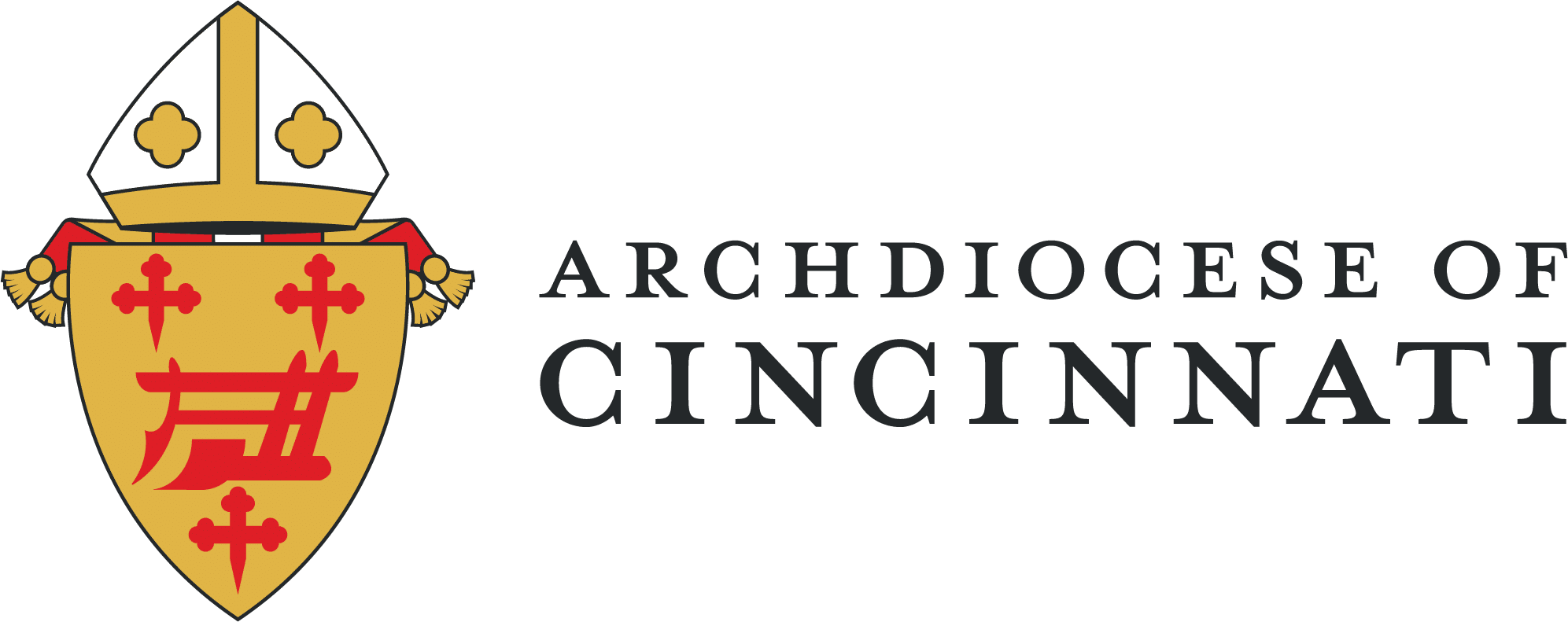Release Date: Jan. 31, 2024
Yearly Appeal Expects to Raise $5.5 million for Local Ministries
Archbishop Dennis M. Schnurr of the Archdiocese of Cincinnati kicked off the annual Catholic Ministries Appeal (CMA) earlier this month. The CMA is a chance to support six local ministries throughout the archdiocese, that teach, feed and heal thousands. It is one example of the generous ways that local Catholics give back to the community. Some of the ministries supported by the CMA include Catholic Charities Southwestern Ohio, Catholic Social Services of the Miami Valley, Prison Ministry, Hospital Ministry, and Campus Ministry. All donations to the CMA remain within the Archdiocese of Cincinnati helping local ministries.
“We hear in the gospel that Jesus looks out over the crowds and sees the many needs of the people. Through the Catholic Ministries Appeal, we see those needs, and we want to address those needs,” said Archbishop Schnurr.
Last year the CMA brought in more than $6 million and through the CMA more than 300,000 meals were served to the poor and more than 40,000 visits were made to patients in hospitals. This year the collection goal for the CMA is $5.5 million.
Seminary and vocation formation are also ministries supported by the CMA. As seminary enrollment at Mount St. Mary’s Seminary & School of Theology continues to be high, financial assistance is an important component to assuring thorough formation and support for men fulfilling their vocation in the Church.
“The Catholic Ministries Appeal is the visible way that people from across the archdiocese come together to ensure that the corporal works of mercy are being lived out in our community, “said David Kissell, Director of Stewardship.
In addition to outreach ministries, the CMA also supports 100 retired priests as well as ministries that help in Christian formation. These include St. Rita School for the Deaf and the Center for the New Evangelization, which provides programing for marriage preparation, youth and young adults, parish evangelization, and Hispanic ministry.
For more information or to donate, visit: www.CatholicAOC.org/CMA.
The Roman Catholic Archdiocese of Cincinnati is the 51st largest Catholic diocese in the country, with around 435,000 Catholics, and has the fifth largest Catholic school system in terms of enrollment with nearly 40,000 students. The 19-county territory includes 206 canonical parishes organized into 57 Families of Parishes, and 109 Catholic primary and secondary schools.
Jennifer Schack
Director of Media Relations
Archdiocese of Cincinnati
Office | 513.263.6618
Cell | 859.512.5626

